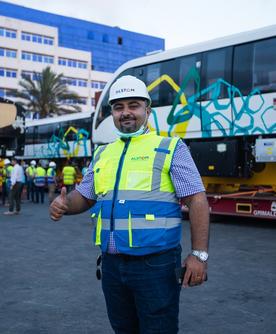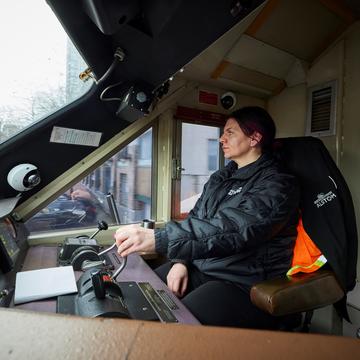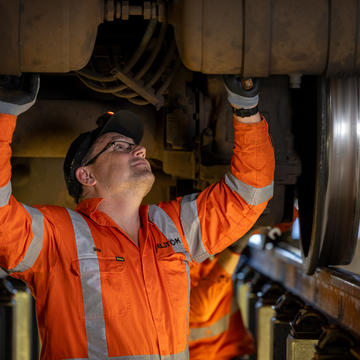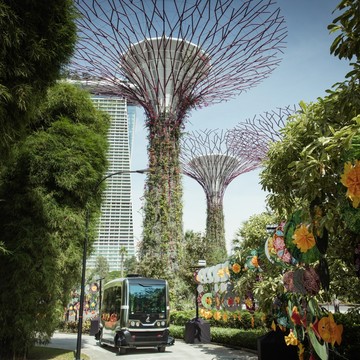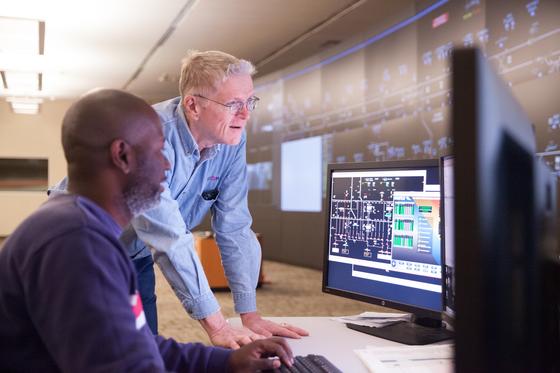
Operations and maintenance: another string to Alstom’s bow
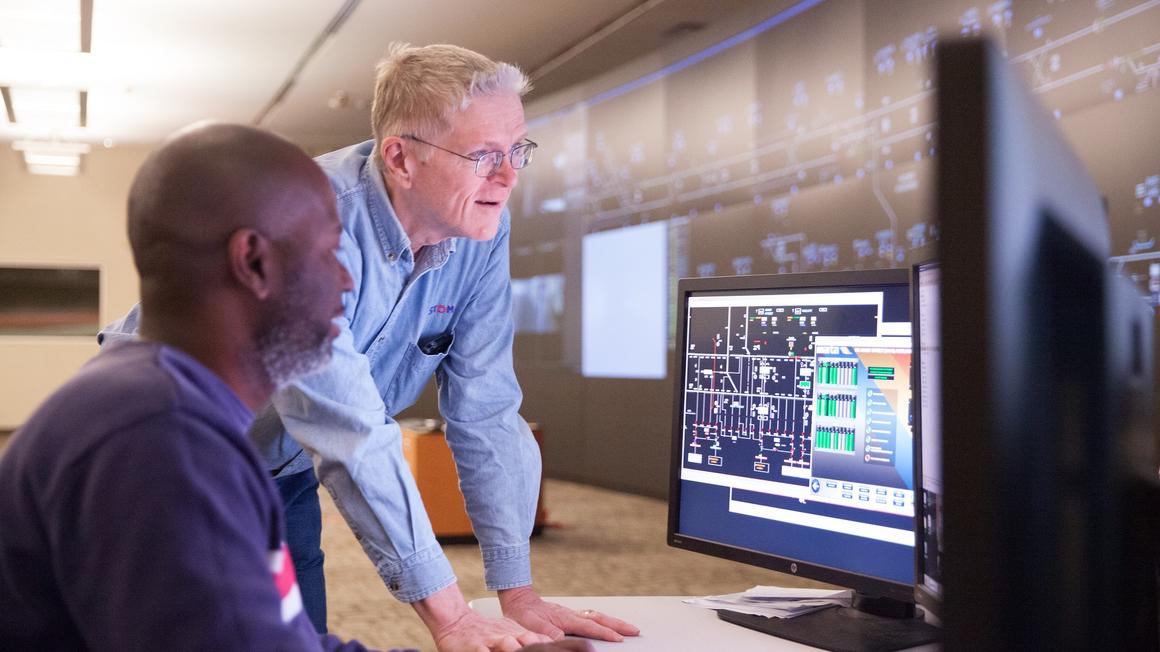
In certain cases, as well as designing and building trains and systems, Alstom undertakes to operate and maintain them: a solution that leverages the technology and project management skills of the rail industry’s top supplier.
Operations and maintenance is a new and fairly niche business for Alstom. Nonetheless, Alstom is now the number one private operator in North America, with more than 40 years of experience, and has a growing number of contracts outside the continent.
In addition to designing, building, and maintaining rolling stock and signalling, Alstom has ambitions to further expand and strengthen its business of system operations and maintenance, in current and new markets.

“Alstom pursuing train operations is not necessarily appropriate everywhere. We do not have a one-size-fits-all approach to all markets, customers, and products. Instead, we conduct a case-by-case assessment of each opportunity and pursue it in a strategic way, considering balanced risk and reward, and where we think we can truly bring value.”
The solution is about operating and maintaining a rail system on behalf of a customer, often because the customer’s core business is not rail or they want a level of performance and risk transfer that a private service provider can deliver. For example, this might be a system where the client (typically public transport authorities, private asset owners, leasing companies), wants a reliable rail link but not the risks and headaches of operating and maintaining the system. Alstom’s knowledge and experience delivering the full railway system allows for scalable support across all assets, reducing the overall interface management and risk for the client.
“We have always been successful operating and maintaining in situations where we have sold assets or turnkey solutions,” says Jack. An OEM (Original Equipment Manufacturer) that builds and installs the trains, signalling and infrastructure is ideally placed to operate and maintain them.
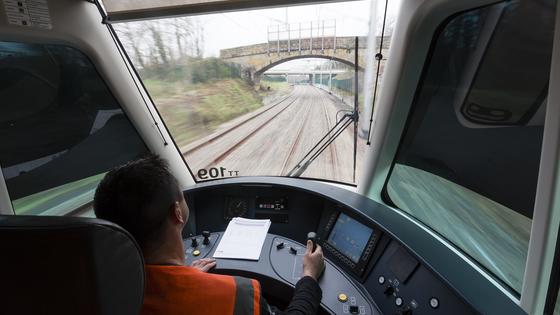
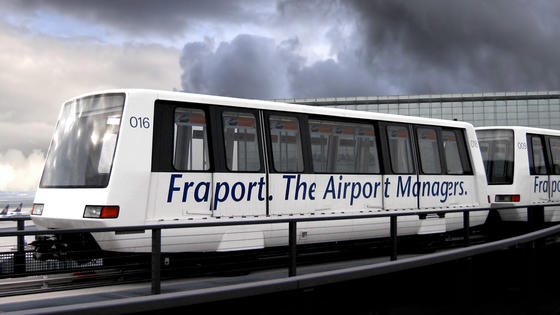
“We bring a lot of organisational synergies combining operations and maintenance, but we can also leverage our technology provider and OEM capabilities, which allow us to be faster in introducing innovative solutions. This is often at a lower price, because we’re not providing a solution to an operator that is managing additional technical and logistical interface risks, therefore, adding a margin before selling onto an asset owner. For example, we have been able to quickly introduce plexiglass seat dividers early in the pandemic, implement driver advisory systems to improve energy performance, prevent cybersecurity threats to the system, proactively manage obsolescence to assets and deliver the latest passenger experience upgrades, straight into our train operations. Customers come to us because we can offer that whole-life, total-cost-of-ownership security.”
“When we are responsible for designing and building a system as well as carrying out, say, 30 years of operations and maintenance, we can design the system in a way where we give our customers the best value from the assets, for example, in terms of energy-saving or passenger experience. With Alstom sitting on both sides of the fence, we can balance the capital expenditure and operational expenditure to get the best value over the asset’s life.”
Of course, the market for Alstom to offer operations and maintenance is broader than newly delivered ‘greenfield’ systems, which in many cases is an extension of its design and build projects. In addition, an asset owner or authority may decide to contract out the existing ‘brownfield’ operation that has already been in service for many years.
“As well as greenfield opportunities, we also look at brownfield – focusing mainly where we already have a presence or products that we can support. This is not a limiting factor, Alstom has been successful in brownfield takeovers of non-Alstom assets. This is down to mobilising the right people at the right time and extending our robust core processes to include operations and maintenance,” adds Jack.
During the life of a transport network, the client may need to upgrade or extend the existing fleet or infrastructure. As this has the potential to create service-affecting failures, it can fall to the operator and maintainer to manage. Alstom has proven that where they have the accountability for service and the project management of new introductions, they can deliver a shorter and smoother deployment, protecting the service delivery and coordinating the needs of other rail operators.
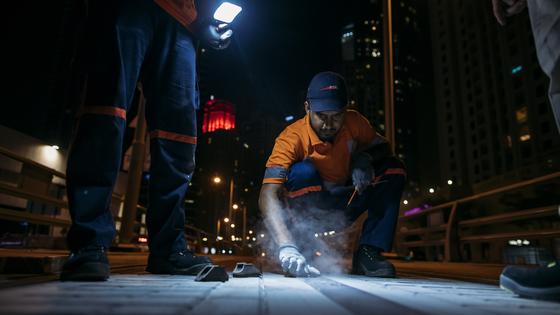
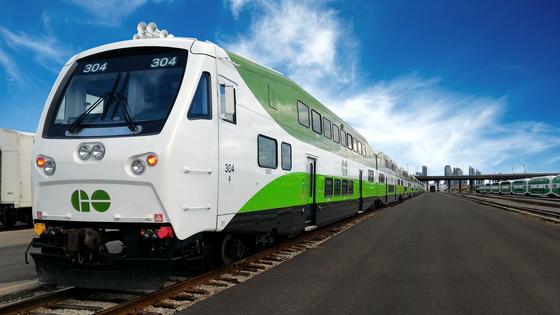
The rail industry varies from country to country and, according to Jack, there has been a paradigm shift in some markets, and a blurring of the lines between operator, maintainer, and technology provider. This change has been accelerated because of COVID, where a lot of operators struggled with record low passenger numbers and revenue, leading to government bailouts alongside changes in contractual arrangements, such as franchise to concession. Some models have been problematic, as they decouple short-term operations and maintenance franchises from asset management, exposing the asset owner to increased total cost of ownership and the travelling public to service disruptions.
The future for the solution is in maximising synergies across Alstom’s different areas of expertise and leveraging Alstom’s engineering capabilities. Alstom says that this approach will deliver a high-level of performance and value, felt by clients and passengers alike. Currently, countries in the Middle East are investing heavily in infrastructure, providing opportunities for design, build, operate and maintain projects. One such example is Cairo, where Alstom is delivering two monorail lines of 42km and 57km in length, linking new suburbs to the old city. Alstom will operate and maintain the systems for their first 30 years of commercial service, which is scheduled to commence next year.
